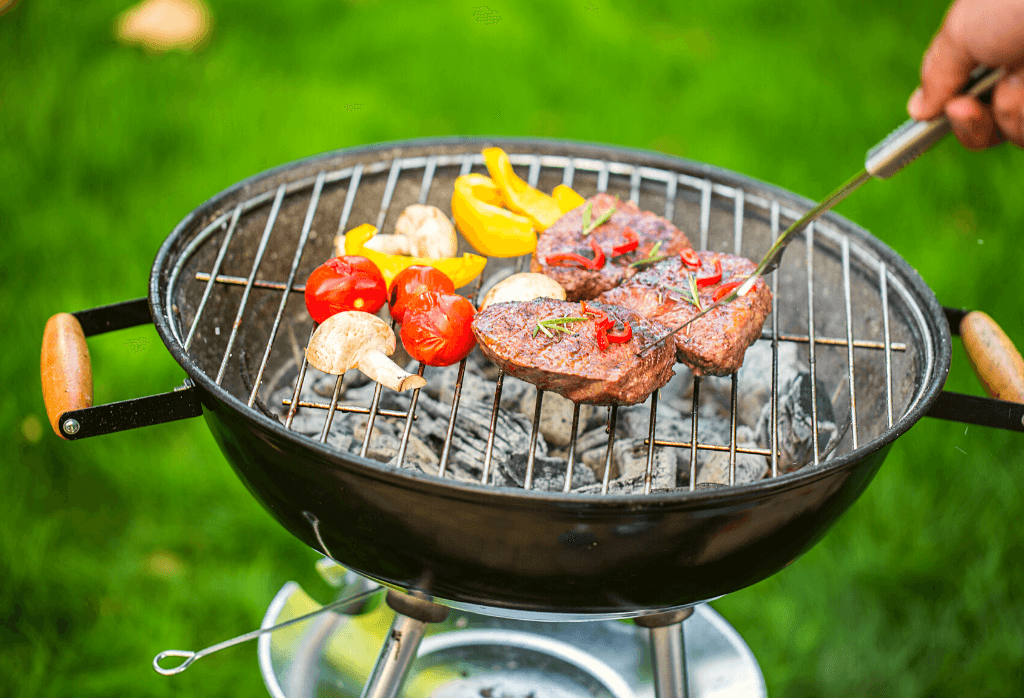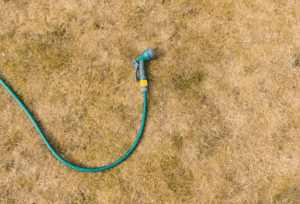How To Plan A Safe Summer Cookout
Hosting a safe summer cookout used to mean keeping the grill flames low, spraying mosquitoes away, or keeping the potato salad cold. However, these days there is a lot more to consider.
Year after year, literally hundreds of folks, out for a summer picnic or cookout, fall victim to unnecessary illnesses. Ranging from heat stroke to bacterial infections, these potential problems can easily be avoided with attention to just a few safety tips. As we look forward to reconnecting with our family and friends this summer, it is important to consider safety procedures to ensure that your love ones are safe.
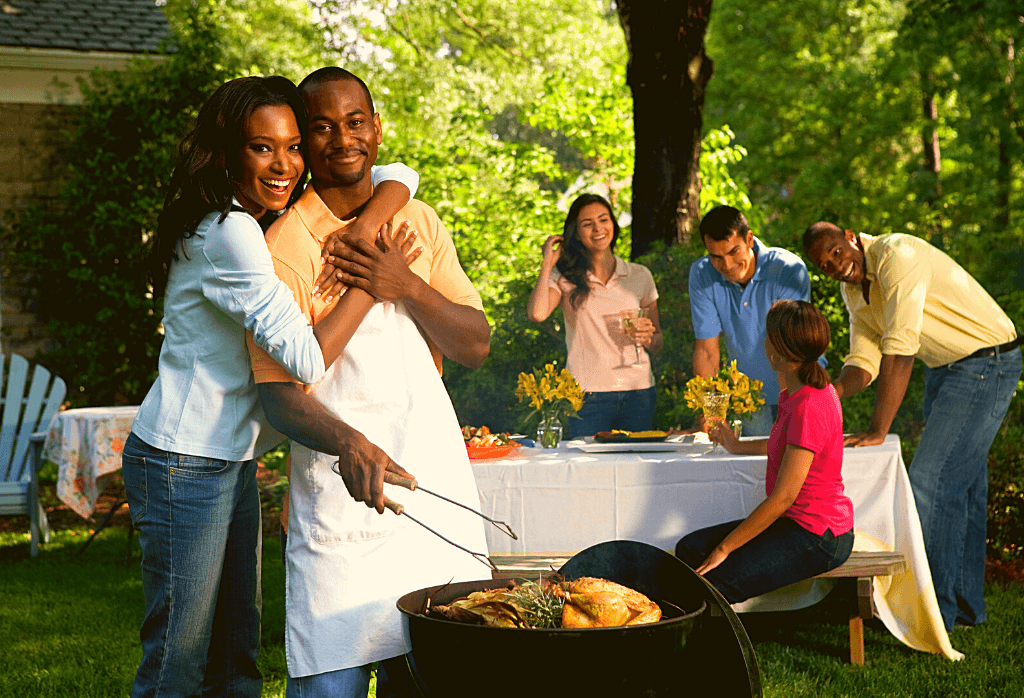

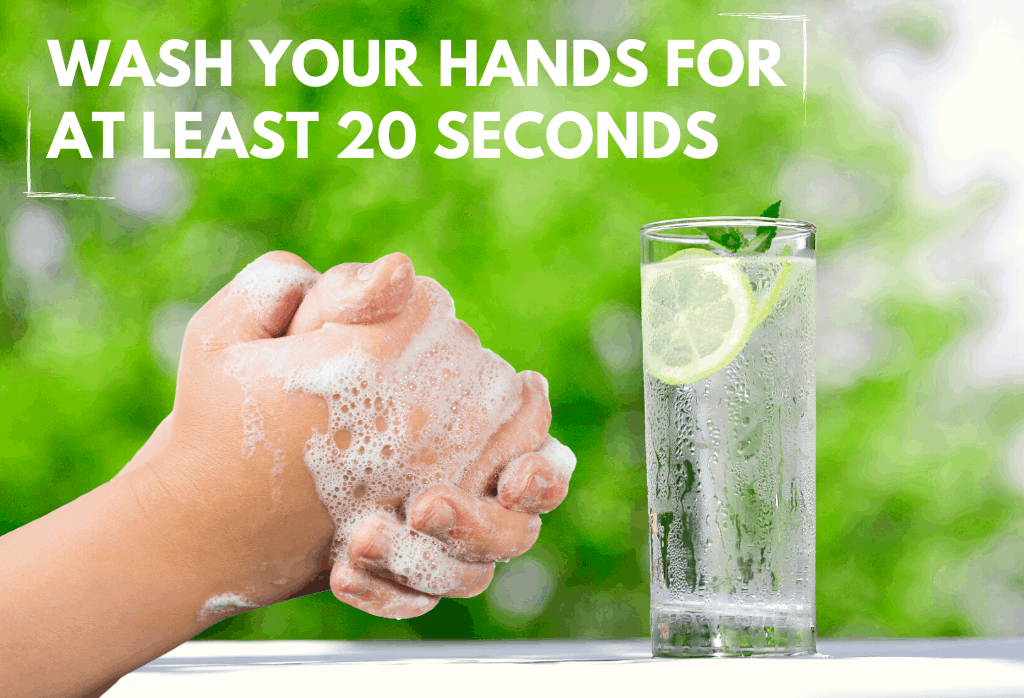
It is vital to social distance, but if you want to plan a safe summer cookout, below are a few precautions to consider.
Keep the cookout small. Invite fewer people as more people you invite, the higher the chance of infection to Covid-19.
Remind your guests to stay at home if they are sick, are showing symptoms, or have been exposed to anyone with COVID-19 in the last 14 days.
Make sure to keep a list of guests who will attend the cookout for potential future contract tracking needs as suggested by the CDC.

Stay outdoors when possible. Restricting your cookout to your lawn is the best thing to do as being inside increases the risk of infection. If this is not feasible, make sure the room is well ventilated by opening doors and windows for airflow.
Social Distancing is key. Arrange the chairs to allow social distancing 6 feat apart. Consider giving each household a separate dining space and keep their food apart.
Bring Your Own Food (BYOF). The safest option is to allow guests to bring their own food and drinks except for the items being grilled at the cookout. Sharing food, especially finger food should be avoided to limit shared germs and possible infection.
Use disposable cups, plates, and cutlery. Although this is not the greenest option, it is the safest, given the situation.
Keep a garbage nearby and ask guests to throw away their own items once they are done using them to avoid virus transmission. Also, make sure to provide cleaning supplies that allow guests to wipe down surfaces before they leave.
Sanitizing Station– put together a basic handwashing station with a sanitizer, sanitizing wipes, paper towels, soap, and water. Encourage all guests to wash their hands for at least 20 seconds as directed by the CDC.
Wear a mask if less than 6 feet apart. According to the CDC, when not eating, everyone should be wearing a mask. Have a few extra masks on hand if someone shows up without one.
Remember to replace shared hand towels in the bathroom and kitchen with single-use towels.
Always wash your hands after handling raw meat. If you do not have available water, use hand sanitizer. The spread of bacteria almost always begins with either undercooked food or unsanitary food handling. There is no reason unsanitary conditions should ruin your cookout.
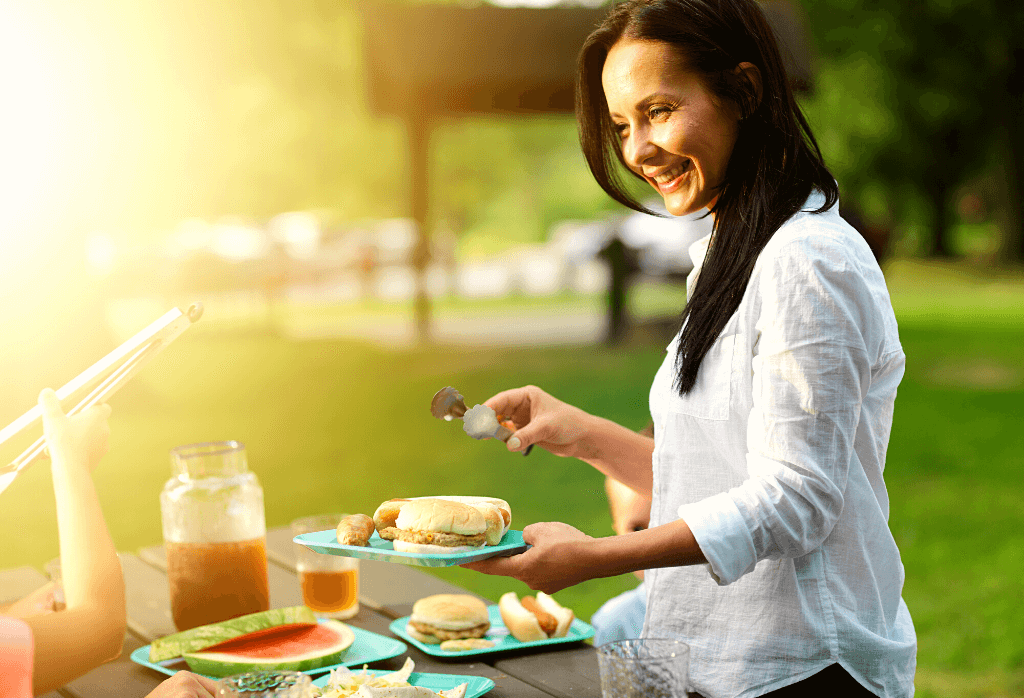
Follow the well-known two-hour rule. Leaving food outdoors in the open for over two hours invites bacterial spread and potential infection. When you have finished with the food service part of your outing, place all food back in either a cooler stocked with ice or a refrigerator.
Always fill your cooler with plenty of ice. And double-check the condition of your cooler. Bringing along too much ice is better than leaving food in watery, melted ice, the result of skimping on your ice purchase. While ice will remain solid for a reasonable length of time in the shade of the old oak tree, the type and condition of your cooler can and will determine whether or not your food is maintained at a safe, cool temperature.

While transporting food to your picnic or outing, put the cooler in the air-conditioned part of your vehicle vs. the hot trunk. Yes, insulated coolers do a satisfactory job of maintaining an adequately cool temperature. Still, keeping the food in your cooler, in the air conditioning provides an extra measure of safety against early melting.
Always keep raw meat wrapped and separated from cooked and/or ready to consume food. Why risk contamination and the spread of bacteria unnecessarily? Separating raw meat is always the best practice.
Use a meat thermometer when cooking all meat outdoors, over a campfire or on a grill. Cooking temperatures vary widely on grills and over campfires. The only sure way to know your beef, pork or chicken is safely done is to use an accurate meat thermometer.
Following these simple safety tips will help to insure a healthy and memorable outing. For More information about safety measure from the CDC, please click here.
Join Our Free Lawn Care Newsletter
Stay Up to Date With The Latest News & Updates
* We don’t share your info with anyone ever.

